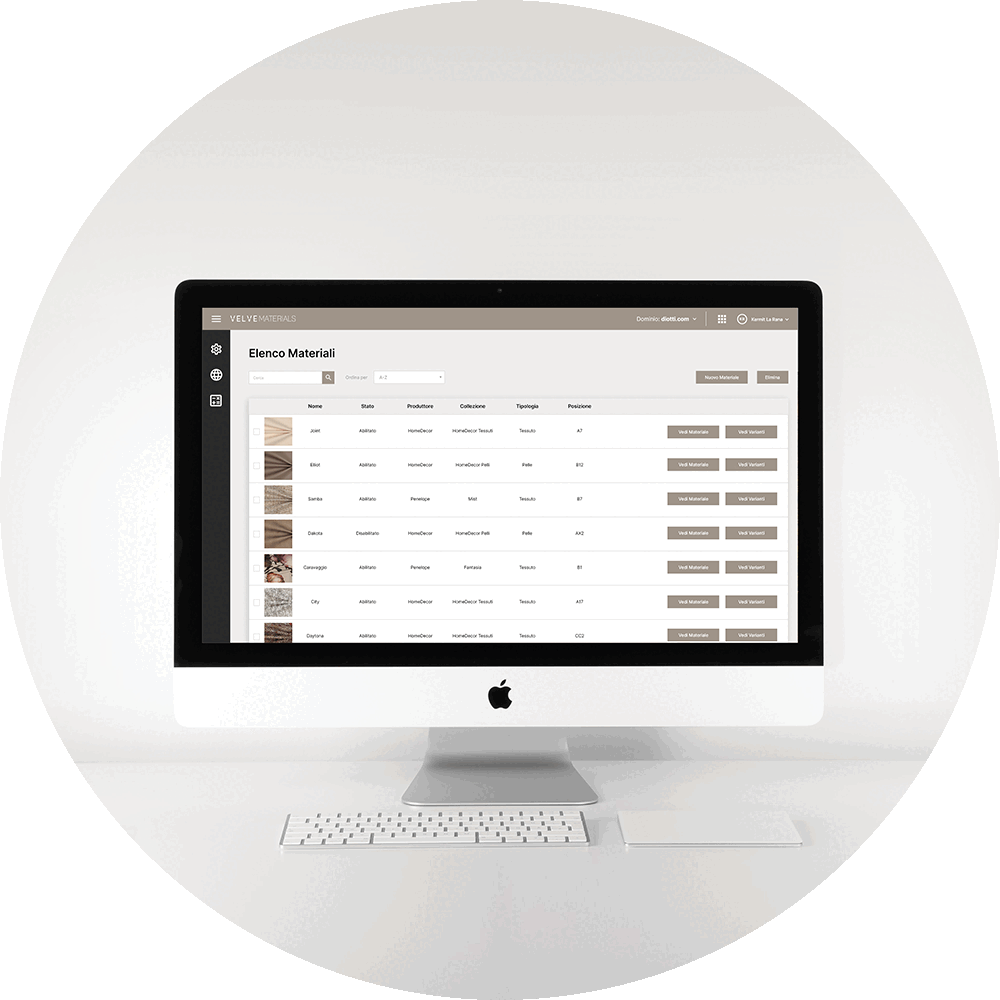What is Velve Platform
Global e-commerce has been centered around stocked goods: e-commerce platforms, logistics, large global marketplaces, and digital intermediary companies. It's as if highly customised goods don't exist within these realities. From a certain perspective, this is correct: global transactional trade is driven by stocked goods.
However, there are crucial sectors that depend on highly customised and made-to-order production, commonly known as just-in-time: furniture, customised architectural assets, and customised capital goods. These sectors effectively represent the excellence of "Made in Italy" worldwide. Until now, they have not had dedicated solutions for Digital Distribution.
Therefore, in 2020, we decided to follow the path suggested by Velve Solutions' slogan: a retail platform for custom goods.
Consequently, we embarked on the development of the Velve Platform, a collection of web applications that complement third-party e-commerce platforms by equipping them with the necessary "superpowers" to effectively manage highly customised goods.


Velve Platform adopts a modular microservices architecture, ensuring long-term performance and maintainability. It is a cloud-based SaaS solution developed using Go for the back-end, Vue.js for the front-end 'back-office', and Node.js for the front-end 'client'. Integration with other platforms occurs through APIs.
Currently, the following components are available:
- Velve Pricing, for global product pricing management
- Velve Logistics, for the availability and global pricing of B2C delivery services
- Velve Materials, for the management and distribution of digital samples of materials within the collection
The platform software is backed by additional 'service services' that support its functionality, such as Countries (for the management of data and information related to countries worldwide, including currencies), Partners (for the management of various types of master data), Auth (for access management), Components (for the efficient management of all front-end components), Settings (it allows the management of common settings across multiple software packages), Logs (for quick and easy access to all logs related to access and changes), Media (for the technical management of all digital media), CMS (for the creation of static blocks and static pages): as mentioned earlier, a true modular architecture.
Want to know more?
Contact Us